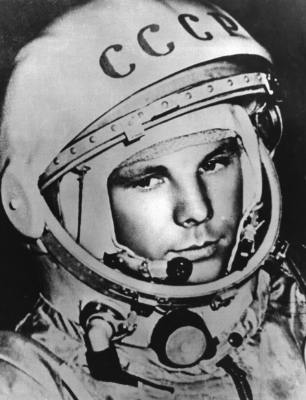
By Ashley R. Pollard
I find December, in fact all the winter months, a tad difficult because it’s dark in the morning when I get up to go to work, and dark when it’s time to come home. To add to the misery it’s cold too. However, a piece on the misery of Christmas is, I feel, not congruent with the general feeling of excitement and good cheer that emanates from seeing people shopping, and of course the switching on of the Oxford Street lights. A tradition that started in 1954 and seven years later is still going strong.

In other good cheer, our Health Minister the right honourable Enoch Powell (not my favourite member of parliament because he’s too clever for his own good) gave British women an early Christmas gift by making birth control pills available from the National Health Service. It may not sound like much, but it’s all part and parcel of women’s emancipation, which in my opinion is a good thing. Having the means to give women some control of their bodies about when they want to get pregnant is certainly a sign that the future is here.
Thinking back to when I was a child, a tablet like this would’ve been something right out of a science fiction story. Not that I can readily think of any science fiction stories where the woman are in control of when they become pregnant.
A part of me thinks that birth control may have some unintended second order consequences. The positive part is freedom to choose, and it will certainly address the Reverend Thomas Robert Malthus 1798 work, An Essay on the Principle of Population, where he postulates that unchecked population growth is exponential while the growth of the food supply was expected to be arithmetical, with catastrophic consequences for humanity. His solutions having had provided authors with a raft of apocalyptic story lines over the years.
Speaking of the Age of Enlightenment, I have access to the 1753 Cyclopædia: or, An Universal Dictionary of Arts and Sciences by Ephraim Chambers. This was one of the first ever encyclopaedias published.

Imagine my delight and surprise when reading through it to find a definition of the word interstellar,
“is a word used by some authors to express those parts of the universe that are without and beyond our Solar system; in which are supposed to several other systems of planets moving around the fixed stars as the renters of their respective motions: and if it be true, as it is not improbable, that each fixed star is thus a sun to some habitable orbs, that move round it, the interstellar world will be infinitely the greater part of the universe.”
This is the stuff of science fiction before science fiction existed as a genre.
But it invites a question, if there are habitable planets out there, do they have life? Are there aliens in the universe? Countless stories have been written by science fiction authors about aliens — some lurid, some frightening, some optimistic — but now Dr. Frank Drake has come up with an equation to allow mankind to estimate the probability of the existence of aliens in the universe.

His equation arose out of an article published in 1959 by Giuseppe Cocconi and Philip Morrison in the journal Nature called Searching for Interstellar Communications. Cocconi and Morrison thought radio telescopes were now sensitive enough to pick up any transmissions being broadcast by civilizations orbiting other stars, and they went on to posit that these transmissions would be sent using the frequency of neutral hydrogen, a logical landmark in the radio spectrum.
A couple of months later Professor Harlow Shapley from Harvard University opined that the universe had ten million, million, million suns, and if one in a million has a planet around it, and if only one in a million of those has a planet that supports life as we know it, then there would be 100 million worlds where life could evolve.

This article spurred Dr. Drake to start the first systematic search for signals from extraterrestrial intelligent civilizations, which has not been successful in finding in finding said signals. However, undeterred Dr. Drake hosted a meeting to discuss the search for extraterrestrial intelligence using radio signals at the Robert C. Byrd Green Bank Telescope. Out of that meeting has come his equation defining the parameters needed to make an estimate of the number of alien civilizations that might exist.

What it doesn’t do is give an answer per se; it only defines what we must know for us to arrive at an answer. But now that mankind is venturing into space we may be able to start collecting the data necessary to plug figures into the equations: for example things like the number of stars with planets around them, which given we haven’t got proof that there are other planets around other stars, is a big step. After that, determining how many planets might be habitable will be another hurdle scientists will have to overcome. But, the hope that we may one day know the answer to the question, which was first propounded in the 1753 edition of Chambers Cylopaedia, is what makes mankind’s future bright.

So one day, in another time and galaxy, we may well be celebrating the changing of the seasons with beings from other worlds. On that note, allow me to wish all the readers of Galactic Journey a very merry time, and my best wishes for a happy and prosperous new year. I’m sure 1962 is going to be even more exciting than 1961.
Thank you all for reading.







































